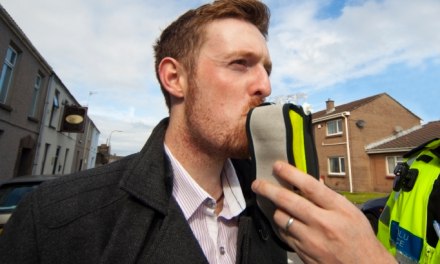By way of follow-up to earlier discussions – here, and here– some further thoughts and a few research findings.
First, the good news: most patients on medical marijuana (80+ percent) do have a qualifying condition that reflects scientific evidence. The most common complaint, by a wide margin, is chronic pain (62%). There are only a few others backed by good science. Chemotherapy-induced nausea is one you’ve probably heard about. Another is a rare type of childhood epilepsy.
I admit to concern because some states have authorized 20+ qualifying conditions, based on who knows what evidence. It’s starting to resemble the era of patent medicines in the 19th Century. We already get enough of that from the nutrition supplement industry.
Chronic pain is considered quite common, in part because it’s so broadly defined — any pain that continues beyond an initial injury or illness for a period of three to six months or longer. What causes that to happen in some cases but not in others? That isn’t well understood.
In perhaps 25% of pain patients, however, the patient may actually qualify as suffering from a more complex condition known as chronic pain syndrome (CPS) — where depression and anxiety come to play a prominent role. A brief explanation:
What is Chronic Pain Syndrome?
Patients may arrive in treatment with a history of depression, anxiety, or both, or report symptoms that appeared only recently, but now interfere with the individual’s well-being. Through experience, physicians have learned that this pain syndrome (CPS) does not respond as hoped to conventional medical care alone, focused as it does on symptom relief. Instead, CPS patients appear to benefit from a more diverse treatment plan, one that can include physical therapy, massage, relaxation training, meditation, counseling, and psychotherapy.
Anecdotally, it appears that many clients who come to SUD treatment complaining of pain are in fact CPS sufferers, and may be seriously considering medical marijuana, or are already enrolled on a cannabis program. Unfortunately, their medical cannabis use may represent a hidden problem. They may be physically dependent and experiencing withdrawal symptoms. They may qualify for a diagnosis of Cannabis Use Disorder (CUD) with its own symptoms.
Let’s take a look. First, cannabis dependence and withdrawal:
More Than Half of People Using Cannabis for Pain Experience Multiple Withdrawal Symptoms
Given the finding that about half the subjects in the study were experiencing cannabis withdrawal, we should investigate the possibility that it is an important factor in SUD treatment. The study also found some 10% of subjects reporting withdrawal symptoms that grew worse over time. That certainly wouldn’t make someone’s recovery any easier.
One clinician recommended using an evidence-based scale as part of the assessment. An example of one such instrument:
If the client qualifies for a CUD, as well as simple dependence, that can complicate treatment as well. Check this out:
Cannabis Use Disorder Triples Risk of Depression, Anxiety
And has been widely reported, cannabis in widespread use today is likely to be significantly stronger that in past decades. Perhaps it is in wax form or ‘vaped’.
I was struck by a comment from one of the research teams: where depression and anxiety coexist along with a Cannabis Use Disorder, a “vicious cycle may be at play where each disorder maintains or exacerbates the other.”
Worth paying attention to, I’d say.














Corrupt big pharma will always try to hinder the full legalization of pot consumption, even medicinally, in the U.S.
Research and development (R&D) costs are typically cited by the very profitable pharmaceutical industry to justify its exorbitant prices and resistance to universal medication coverage.
Yet, according to the 2014 documentary The Culture High, a study conducted by a British medical journal found that for every $19 dollars the industry spent on promoting and marketing new drugs, it put only $1 into its R&D!
Canada is the world’s sole nation that has universal healthcare but no similar coverage of prescribed medication, however necessary. Logic says, we cannot afford to maintain such an absurdity that costs Canadians billions extra annually, both as medication purchasers and taxpayers.
I seriously doubt it’s coincidental that the absence of universal medication coverage also keeps the pharmaceutical industry’s profits soaring.
Without doubt, its Ottawa lobbyists—who immediately went into full gear talking our government out of implementing a universal generic-brand medication coverage plan—are very much worth their bloated salaries.
Thanks for the thought. I should note that the newest entry into lobbying for legalization in Virginia is Altria Philip Morris, makers of Marlboro… appears we may be looking at Big Pot in addition to Big Tobacco, Big Pharma, and Big Liquor…